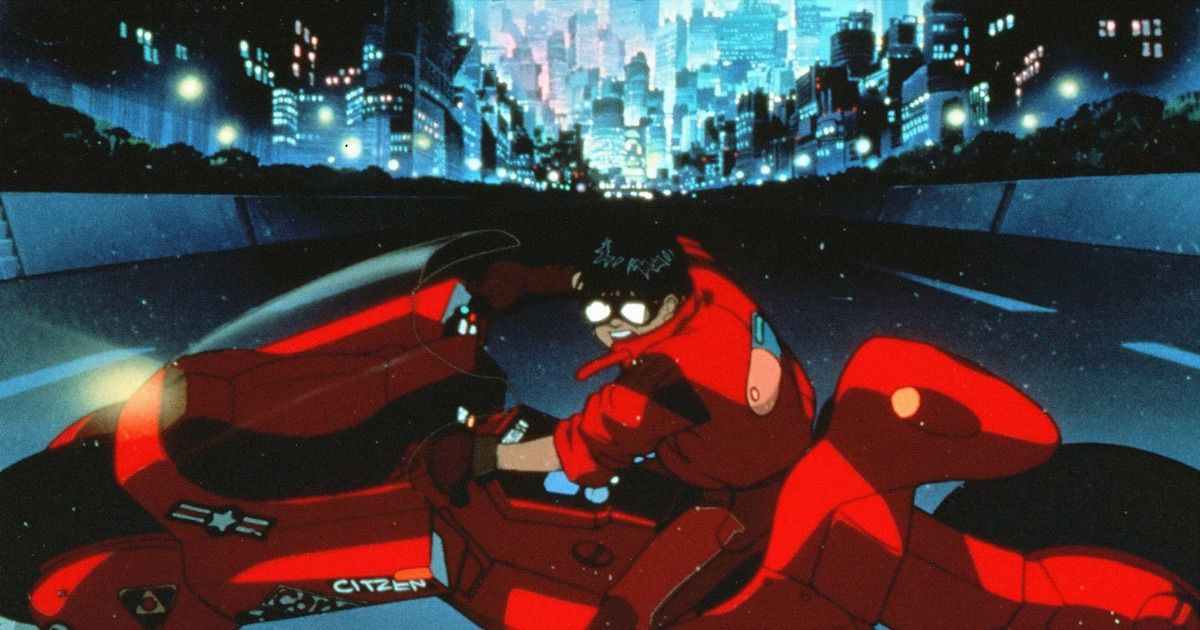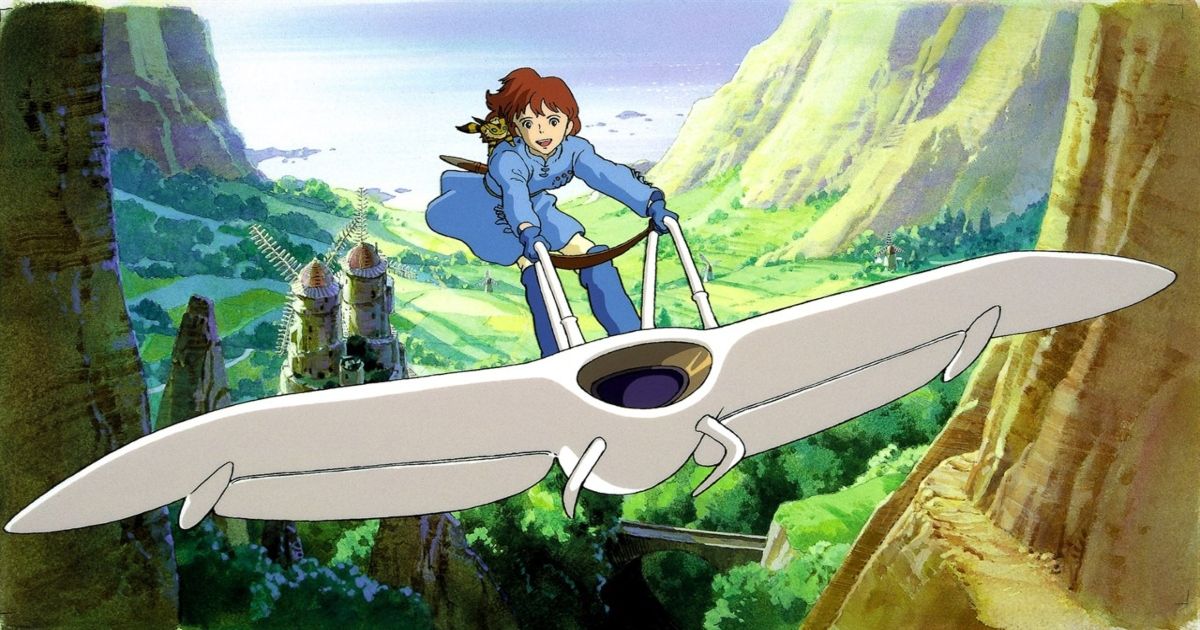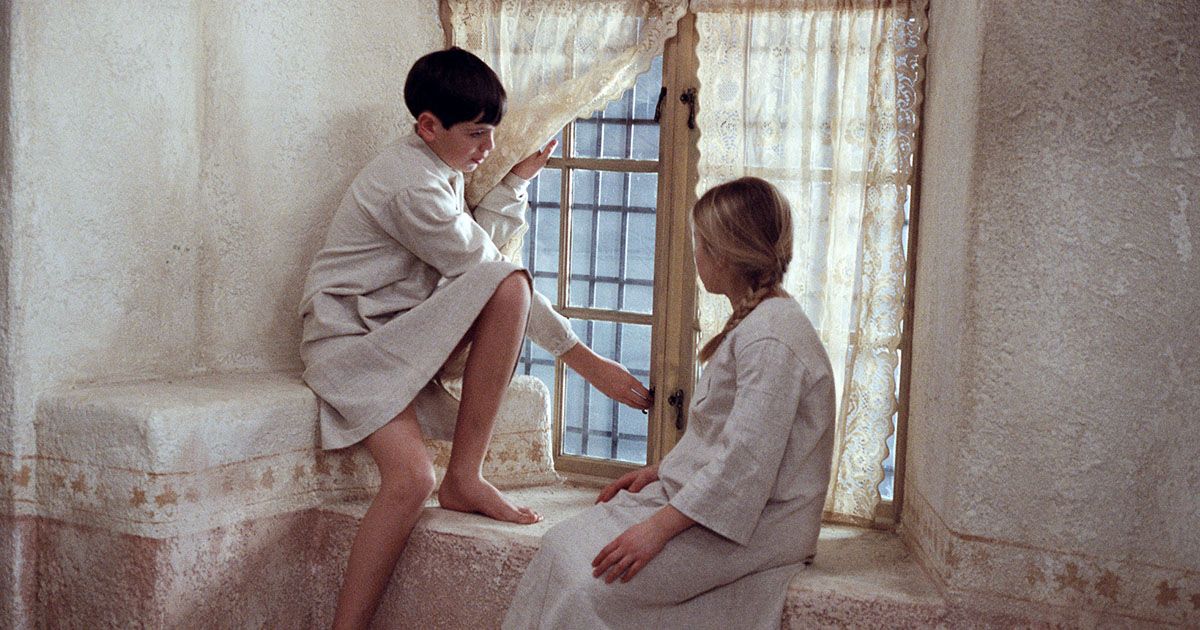These international movies from the 1980s were made by some of the biggest directors their respective regions had to offer, and the same thing can be said for the actors among its cast. You should without a doubt recognize a few films on the list, while others will appear more unfamiliar. But rest assured that each film is of the utmost caliber.
Spanning various regions, these titles also run the gamut of genre. From period dramas and action thrillers to animated cyberpunk films and anti-war projects, there should be something for every film fan featured on the list. All that said, these are the best international films of the 1980s, ranked.
20 Das Boot
A war film by Wolfgang Petersen, this entry follows a crew on a German U-boat as they traverse the frigid waters of World War II. It's a well-known plot as the characters experience the travails of submariners during the Second World War, experiencing intense feelings of claustrophobia and general fear unlike few personalities on the list.
As one of the most expensive movies in the history of German cinema, Das Boot (1981) boasts some of the most impressive name value on the list. Its sizable budget paid off, as the movie received six nominations at the 55th Academy Awards. And with good reason. This intense depiction of war was based off the novel of the same name by Lothar-Günther Buchheim, who took part in the Battle of the Atlantic within the U-96 German sub. His efforts translated perfectly to film.
19 Black Rain
Not to be confused with Ridley Scott's film of the same name from the exact same year, Black Rain (1989) from Japanese writer-director Shōhei Imamura is set in Hiroshima in the wake of the atomic bombing by the United States. The script at hand was co-written by Imamura alongside Toshirō Ishido, and it was in turn adapted from a novel of the same name by Masuji Ibuse.
Its plot follows a young Japanese woman named Yasuko who manages to escape the catastrophic nuclear bombing of Hiroshima and finds herself traversing the social stigma developed by radiation sickness within other residents. It's a poignant premise that's seen into fantastic fruition by everyone involved, and on any given day, Black Rain could end up even higher on the list than number nineteen.
18 Kagemusha (Shadow Warrior)
Written and directed by Akira Kurosawa, this film received numerous honors upon release, with two nominations at the Academy Awards and one at the Golden Globes. It even picked up a couple of wins at the BAFTAs. But perhaps the most impressive honor under Kurosawa's belt for Kagemusha (1980) would be his win for the Palme d'Or at the 1980 Cannes Film Festival. Granted, he won the award alongside All That Jazz (1979) by Bob Fosse, but still. A high honor nonetheless.
AJidaigeki (a drama, essentially) set in the Sengoku period, Kagemusha follows a lower-class criminal who protects a vulnerable clan by posing as a powerful feudal lord named Takeda Shingen. And there are many behind-the-scenes facets of filmmaking that render Kagemusha a masterpiece from one of Japan's greatest directors. But really, it's best experienced from as fresh a perspective as possible. On any given day, it could place even higher than number eighteen.
17 Every Man for Himself
Perhaps the greatest filmmaker to ever come out of France is Jean-Luc Godard. This was his triumphant return to commercial filmmaking, and it's easily among the greater international features of the decade at hand. Godard co-wrote the script alongside Anne-Marie Miéville and Jean-Claude Carrière. It's a compelling plot about three lives that intersect, and it utilizes an intriguing structure to boot.
Every Man for Himself (1980) was formed as a sort of piece of music, featuring a prologue with three subsequent parts, all capped off by a coda. And the characters of two writers and a prostitute linked by the structural integrity of the piece itself define its quality in the end. Whether you know the name Godard or you're completely unfamiliar, rest assured that he's one of the best filmmakers to ever live. He never missed the mark, and that's the case with Every Man for Himself.
16 Au revoir les enfants
Written, directed, and produced by Louis Malle, this is inherently among the most poignant plots of the bunch as it tells the story of a real-life priest named Père Jacques. For those unfamiliar: Père made his best attempts during the Holocaust to shelter Jewish children as the headmaster of a school called Carmelite.
Of course, the school is located in a German-occupied France, with the school being raided by the Gestapo at one point as the film's primary source of conflict. In English, Au revoir les enfants (1987) translates to "Goodbye, Children", with interpretations of the title being left open for you to decide. But either way, Au revoir les enfantsis without a doubt worth your time. It's one of the greatest international features from the 1980s.
15 The Last Metro
This one among the final features of François Truffaut's career, and actually one of the more financially successful overall. That director was a key figure of the French New Wave: one of the most influential film movements in the history of cinema, if not the most important outright. But back to the film at hand: The Last Metro (1980) stars Catherine Deneuve as the wife of a theater owner and Gérard Depardieu as a nouveau-riche thespian.
The project won ten of twelve nominations at the César Awards, while also receiving nominations for Best Foreign Language Film at both the Academy Awards and the Golden Globes. This is nowhere close to the most recognizable film on the list, nor was it particularly influential in the grand scheme of France's New Wave. The movement had ended by this point. But clearly, The Last Metro holds up nonetheless as a fantastic entry in Truffaut's oeuvre.
14 City on Fire
A Hong Kong action film directed by Ringo Lam, it's worth noting off the bat that City on Fire (1987) marks the first of two appearances from legendary thespian Chow Yun-fat acting alongside Danny Lee. The former plays an undercover cop who joins the ranks of a group of jewel thieves. The robbers execute a heist, but when a back-and-forth shootout ensues, they begin to suspect a rat in their midst.
City on Fire features some well-written character dynamics for a film of this ilk, and its legacy rivals the positive thoughts from critics it received upon release. Famous American directors such as Kathryn Bigelow and Quentin Tarantino took inspiration from this film when making projects like Point Break (1991) and Reservoir Dogs (1992). Which adds up, as City on Fire instills endless inspiration in each viewer who checks it out.
13 Castle in the Sky
The first of several animated features (from Japan, specifically) is Castle in the Sky (1986), written and directed by Hayo Miyazaki. Its plot follows two children, a boy and a girl as they harbor a powerful crystal and keep it safe from several dangerous parties. But in tandem, the kids also search for the titular floating castle of which they've heard legendary tales. This is a fairly well-known plot, but nowhere near as popular as the name of the captain at the helm.
Miyazaki is one of Japan's all-time greatest directors, and Castle in the Sky marked the beginning of his relationship with Studio Ghibli. He only had one feature film under his belt before the one at hand. But more on Nausicaä (1984) in a moment. Castle in the Sky harbors hard-hitting thematic resonance, and its style of animation holds up just wonderfully today. If you haven't seen this Miyazaki classic, it's essential viewing re: international cinema from the eighties.
12 Women on the Verge of a Nervous Breakdown
Written and directed by Pedro Almodóvar, this was his breakthrough film that garnered attention across the globe. Women on the Verge of a Nervous Breakdown (1987) received a nomination for Best Foreign Language Film at the 61st Academy Awards, and it holds up just wonderfully today. It stars Carmen Maura as Pepa Marcos, who falls into a deep depression after her husband leaves her and debates suicide via a batch of sleeping-pill-laced gazpacho.
Carmen Maura is one of the most frequent collaborators of the director at hand, having appeared in seven of Almodóvar's films in total. And Women on the Verge of a Nervous Breakdown was her international breakthrough much like it was for the director. The movie also stars Antonio Banderas, another one of Almodóvar's frequent collaborators. And everyone brings their A-game in this twelfth pick of the list.
11 Ran
The swan song of Akira Kurosawa, this entry marks his second appearance on the list following Kagemusha. Of course, Kurosawa is one of the most renowned filmmakers in the medium's history, regardless of region or decade. And although Ran (1985) has gone down among the more forgotten Kurosawa films from a perspective of modernity, it holds up as one of the director's last, great projects.
Kurosawa frequently adapts the works of William Shakespeare: for example, Throne of Blood (1957) was based on Macbeth, and The Bad Sleep Well (1960) took inspiration from Hamlet. Meanwhile, the film at hand derives from the plot of King Lear. Set in medieval Japan, Ran follows Great Lord Hidetora Ichimonji who resigns from power and doles out his empire between his three sons, with conflict kicking off when one of them defies orders. Kurosawa always hits home, and that's undoubtedly the case with Ran.
10 Wings of Desire
A co-production between Germany and France, this entry features more languages used in its dialogue than any other film on the list. On top of German and French, there are also instances of English, Turkish, Hebrew, and Spanish. Directed by Wim Wenders from a scrip he co-penned alongside Peter Handke and Richard Reitenger, the plot at hand is among the most inventive, intriguing, and well-developed on the entire list.
Wings of Desire (1987) follows an angel named Damiel who falls for a trapeze artist. The titular, winged beings populate Berlin below the radar, as they're invisible, and they are simply placed there to comfort distressed humans after listening to their thoughts. The overall product received widespread praise from critics upon release, and Wings of Desire holds up wonderfully today. If you're unfamiliar with this entry, rest assured that it's worthy of this top-ten spot.
9 My Neighbor Totoro
Another animated outing that was written and directed by Hayo Miyazaki, this is perhaps the single most famous film on the list thanks to the popularity of Miyazaki in the States. It's of course a well-made movie from its first featured frame, with a well-known plot about Satsuki and Mei, two young girls living in postwar rural Japan as they interact with friendly spirits from the forest.
Plenty of Miyazaki's stories follow innocent youths as they experience the spirit realms of their respective worlds. And again, My Neighbor Totoro (1988) isn't just among the most famous movies on the list, but easily one of the best, too. It captures a certain charm off the bat that flourishes into a truly special experience by the time the plot is done. If My Neighbor Totoro somehow eluded you throughout the years, there's still time to correct that mistake.
8 Come and See
Experiencing the horrors of World War II here in Come and See (1985) is Flyora, played by Aleksei Kravchenko. The boy is conscripted by two partisans after the former unearths an SVT-40 rifle in the trenches of a battlefield. Directed by Elem Klimov from a script he co-penned with Ales Adamovich, this is classified as an anti-war film, and it was regarded highly by pundits upon release.
And since, Come and See has come to be known as one of the most important movies in the history of cinema. It doesn't hold up as perfectly as some of the films that will follow on the list. But Come and See nonetheless deserves its flowers as a well-made movie from start to finish that easily ranks on the list of best international films from the 1980s.
7 Grave of the Fireflies
Perhaps the most poignant project on the list is Grave of the Fireflies (1988), an animated outing by Isao Takahata. Nearly half of this list stems from Japan, and the majority of those are animated — and for the most part, those were directed by Hayo Miyazaki of Studio Ghibli. That studio was in charge of the animations for the film at hand, but again: this isn't a Miyazaki film.
Its plot follows two siblings struggling to traverse the last few months of World War II, and it harnesses a certain emotion within its audience from the film's very first frame. And although Grave of the Fireflies was only so successful at the worldwide box office, it received widespread praise from critics upon release. It boasts a monumental approval rating of 100% on Rotten Tomatoes, going down as one of the greatest animated outings of all time. And it holds up perfectly all these years later.
6 Cinema Paradiso
Written and directed by Italian filmmaker Giuseppe Tornatore, the plot of Cinema Paradiso (1988) follows a boy named Salvatore Di Vita who discovers a newfound love for films amid the titular movie house in a war-torn Sicilian village. And as he grows into maturity, the movie house's projectionist convinces Salvatore to escape their tiny village and chase his passion for filmmaking.
Its original title is Nuovo Cinema Paradiso, which translates to "New Paradise Cinema". And aside from Tornatore from behind the scenes, another noteworthy name is Ennio Morricone. He's one of cinema's most valuable composers, having provided the scores to most westerns from Sergio Leone like The Good, the Bad and the Ugly (1966) and Once Upon a Time in the West (1968). The film at hand marked Morricone's first collaboration with Tornatore, and both creatives were at the peak of their powers.
5 The Vanishing
A Dutch film by George Sluizer, this is one of the most thrilling international features you're ever likely to read about or see, regardless of region, director, or decade. Chronicling the story of a Dutch couple vacationing in France, the plot of The Vanishing (1988) truly kicks off when the woman of the pair named Saskia goes missing while the two are at a rest stop.
The guy's name is Rex, and he becomes obsessed with finding Saskia when she vanishes from the aforementioned fuel station. Years pass and Rex is still searching, until he comes across a man who claims to have information on the case. The plot only flourishes in thrills and chills from there, resulting in one of the greatest foreign-language thrillers of all time. On any given day, The Vanishing could place even higher than number five.
4 Akira
An animated cyberpunk action thriller, this is the only animated film on the list not produced by Studio Ghibli. And frankly, Akira (1988) was nearly as influential as all of Miyazaki and Takahata's projects combined thanks to dazzling visuals, intense action sequences, and an engaging story with fully fleshed-out characters. For those unfamiliar, it follows the leader of a biker gang whose best friend develops powers of telekinesis.
It stands the test of time better than most films you'll read about today, and is commonly considered by fans and pundits alike to be a seminal piece in several realms of cinema such as animation, action, and science fiction. Just on name value and influence alone, Akira deserves a spot on the list. But thanks to high-quality storytelling with perfect pacing and engaging dynamics, it's elevated to the upper echelon of international movies from the 1980s.
3 Nausicaä of the Valley of the Wind
Throughout the 1980s, prominent Japanese director Hayo Miyazaki released four feature films, starting with the epic piece at hand: Nausicaä of the Valley of the Wind. He followed that up with Castle in the Sky, with My Neighbor Totoro coming in next. That leaves out just one: Kiki's Delivery Service (1989). Nothing against Kiki's, but compared to the outings that did make the list, it pales a bit in comparison. That's especially true with regard to Nausicaä.
It follows the titular Princess Nausicaä as she attempts to stop two warring factions from destroying themselves amid a gorgeously animated post-apocalyptic world. This is one of Miyazaki's most revered titles, but it isn't quite as popular as many of his other features. Even My Neighbor Totoro from a few years down the line holds more household name value than this. But Nausicaä showcases masterful storytelling from the film's first frame until the fireworks of its finale.
2 Fanny and Alexander
Written and directed by Ingmar Bergman, it's worth noting off the bat that this entry features a lengthy runtime of 188 minutes, with an even more gargantuan task ahead for those looking to indulge in the 312-minute-long cut that was initially conceived as a miniseries. The latter version of Fanny and Alexander (1982) is among the longest films ever made, and it's worth every second of your time to absorb some of the most honest portrayals of emotion you're likely to see on film, regardless of region, decade, or director.
It follows the titular siblings as their father passes away and their mother remarries. But their new bishop of a stepfather is abusive toward Alexander, with the overall plot being a semi-autobiography of Bergman's life. It's the final feature film of his legendary career, and it boasts numerous accolades across the board of award associations. The eighties were replete with swan songs from famous international directors, and none were as prominent as Fanny and Alexander.
1 The Killer
From its very first scene, The Killer (1989) features a haunting score in tandem with mesmerizing camera movements, brilliant effects of light and shadows, and heartfelt performances from each member of its talented cast. And none of that is to even touch on the brilliance of its story: the resonance of its themes and the thrilling nature of its plot. It follows the titular assassin Ah Jong — played remarkably by Chow Yun-fat — as he inadvertently impairs the eyesight of a singer amid a well-shot, action-packed shootout. He then watches over her in the subsequent months, and the two develop a dynamic unlike any other on the list.
A Hong Kong action-thriller directed by John Woo, this is among the most visually stunning films you'll read about today thanks not just to its expert camerawork and daring choreography, but also by dint of an expertly curated color palette and a keen eye for set design. And thanks to the wit of its script with intriguing plot points and engaging dialogue, The Killer isn't just one of the greatest action-thrillers ever made — it's also the greatest film from the 1980s to ever be made internationally.

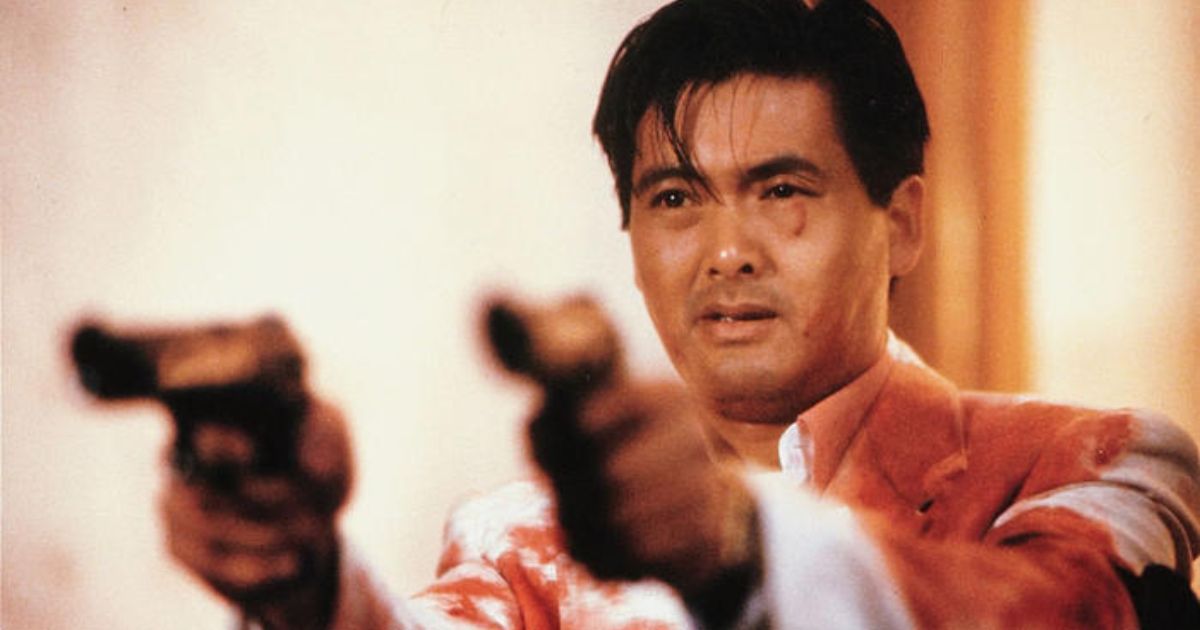
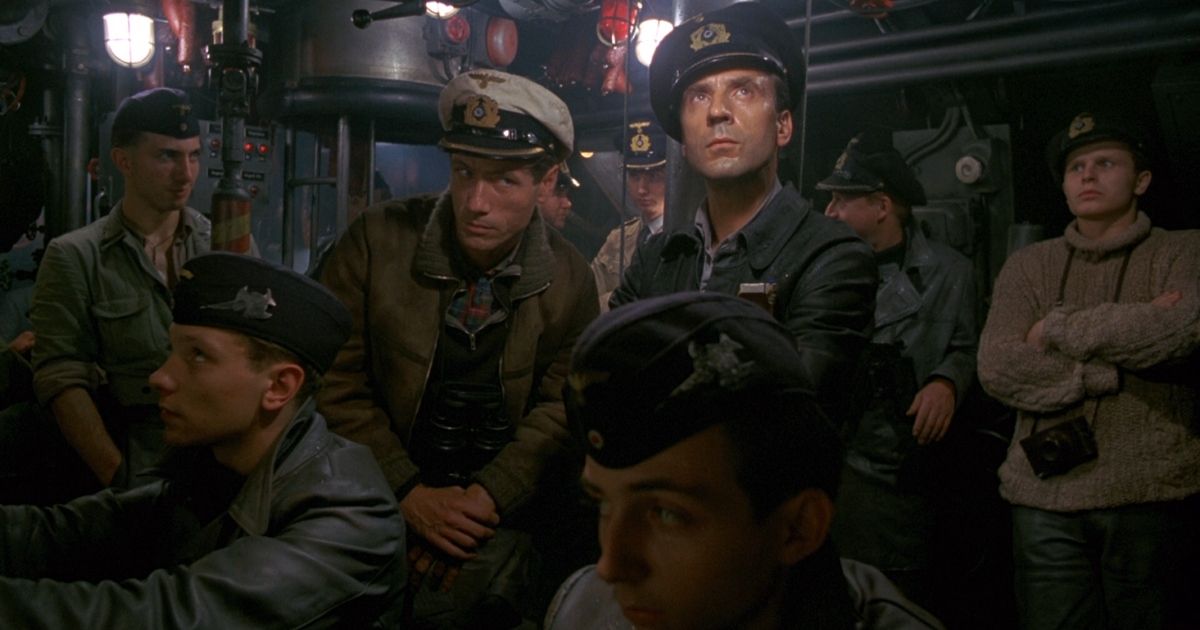

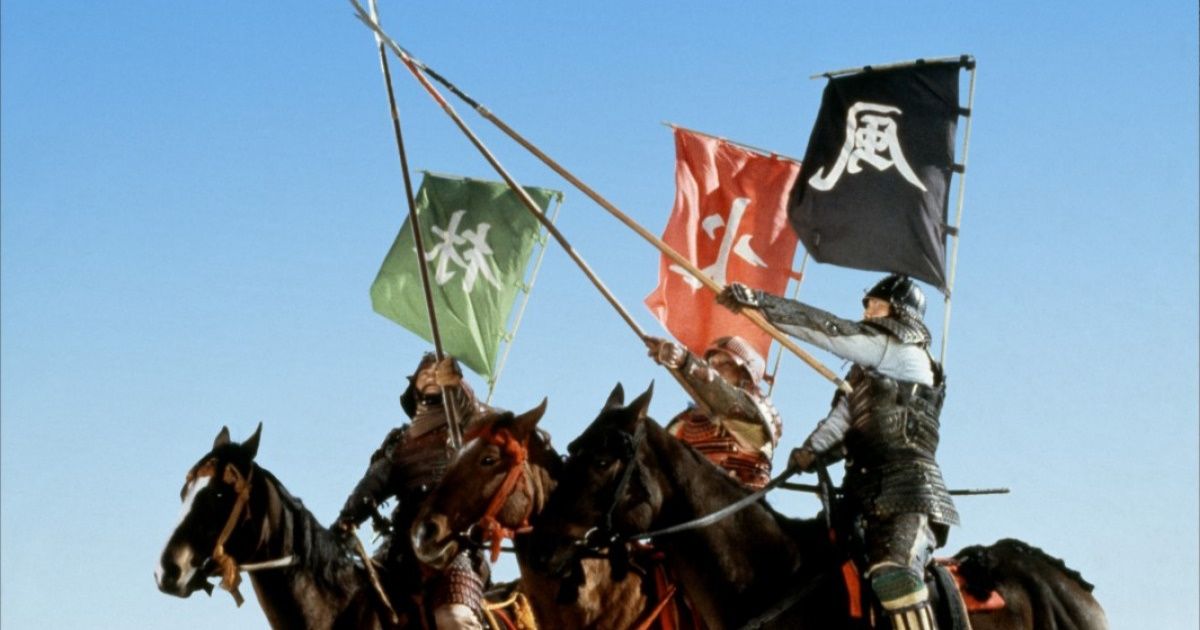
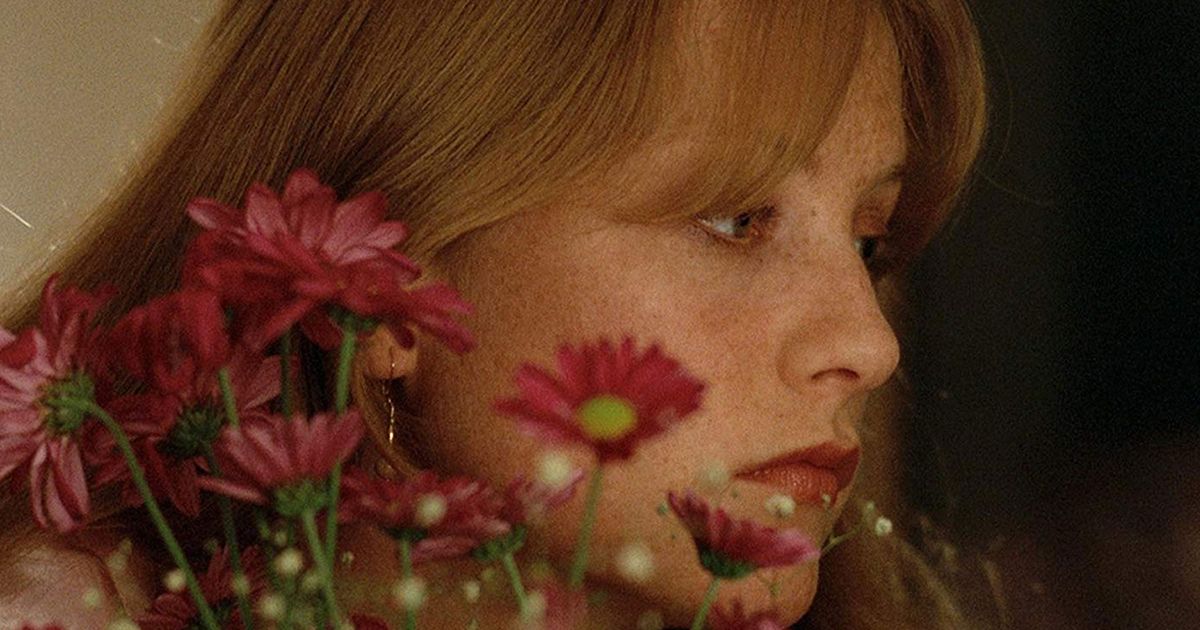
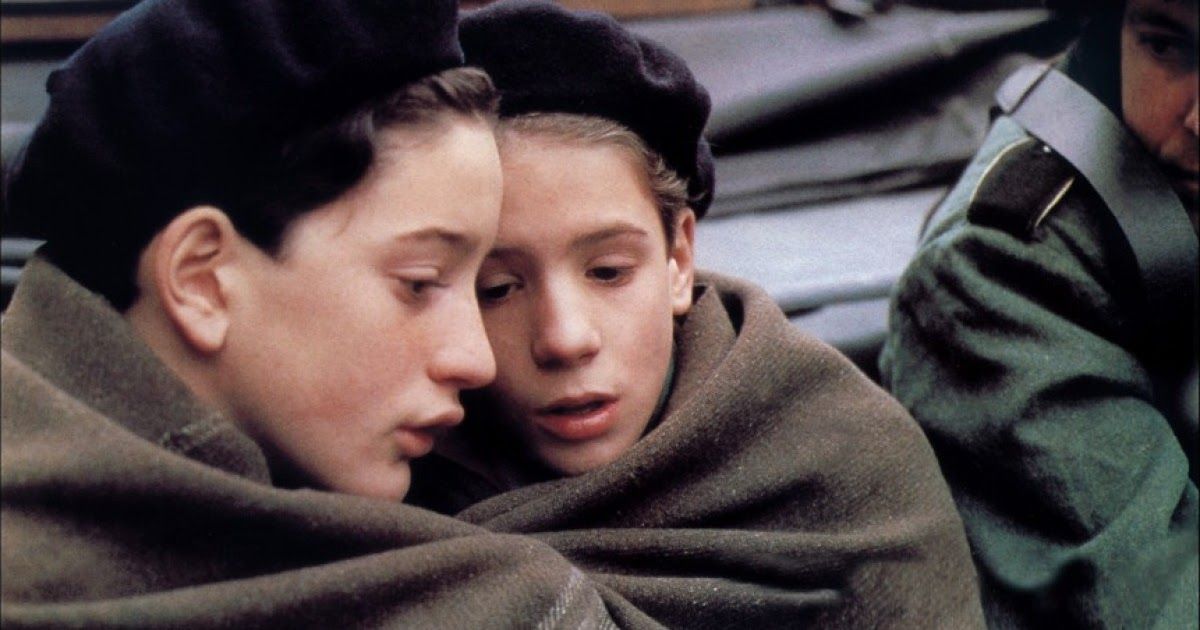
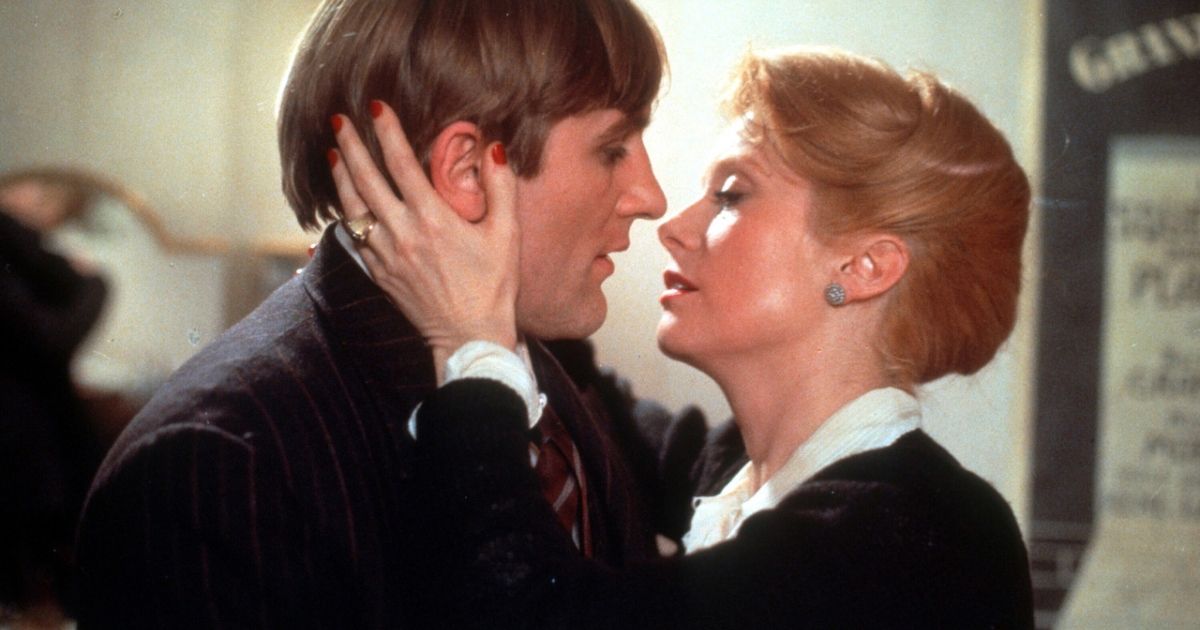
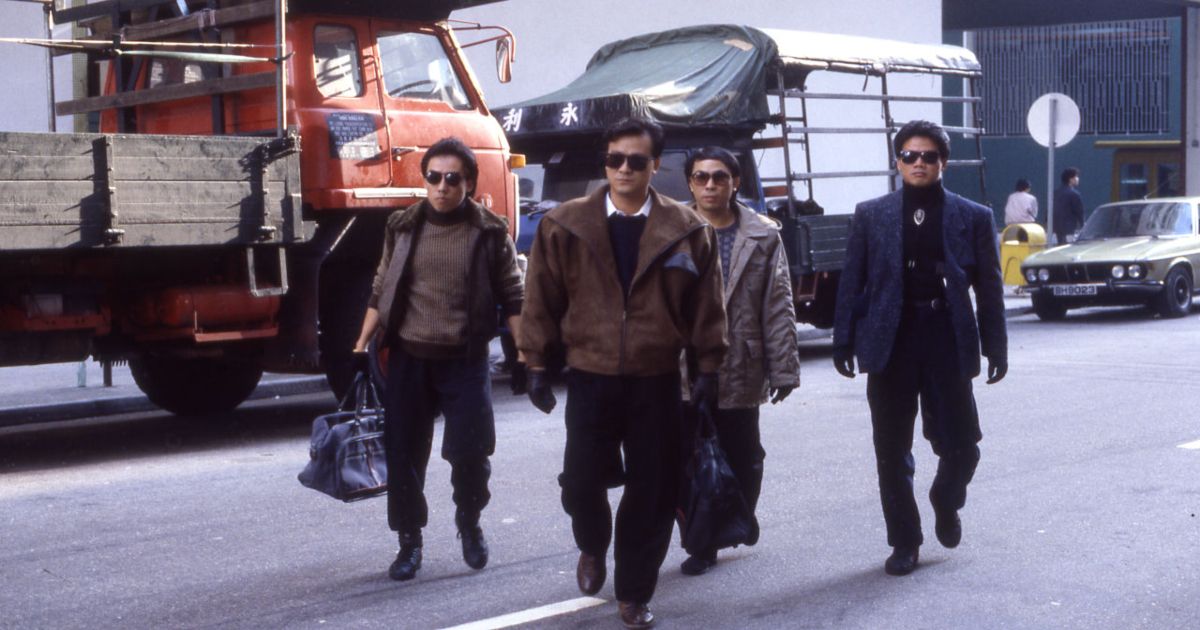
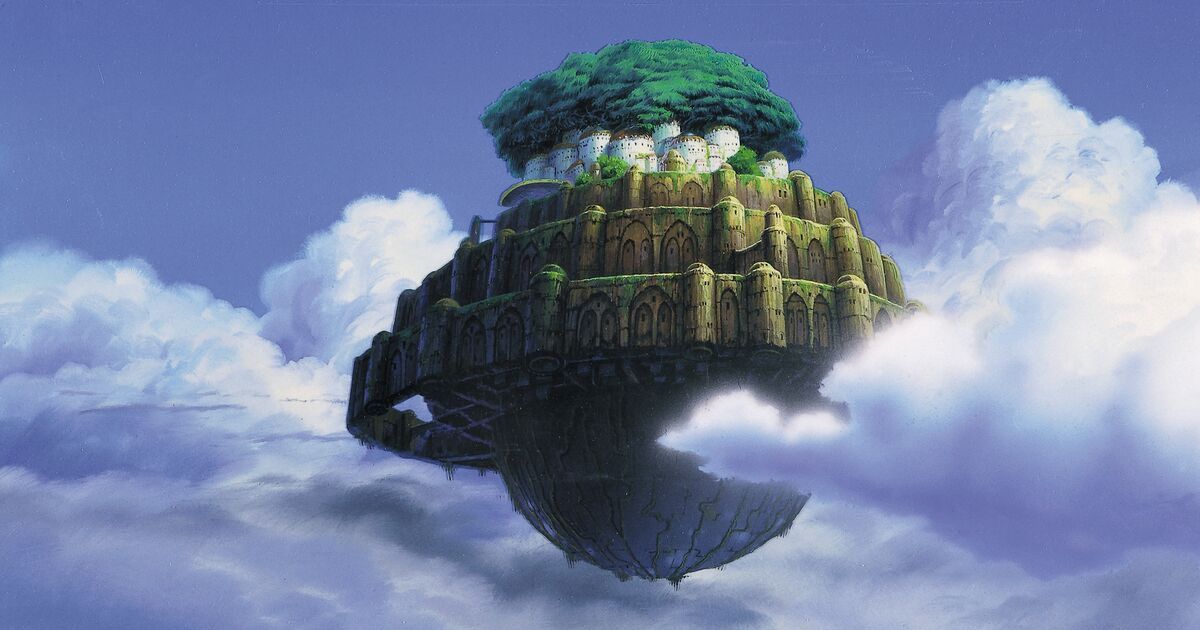
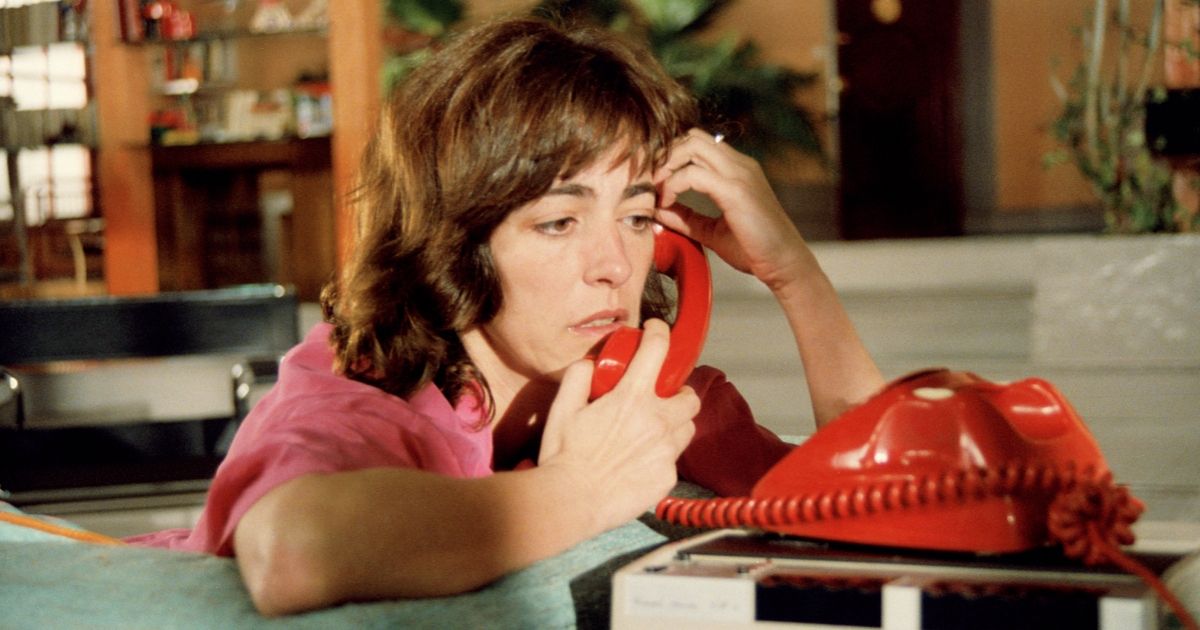
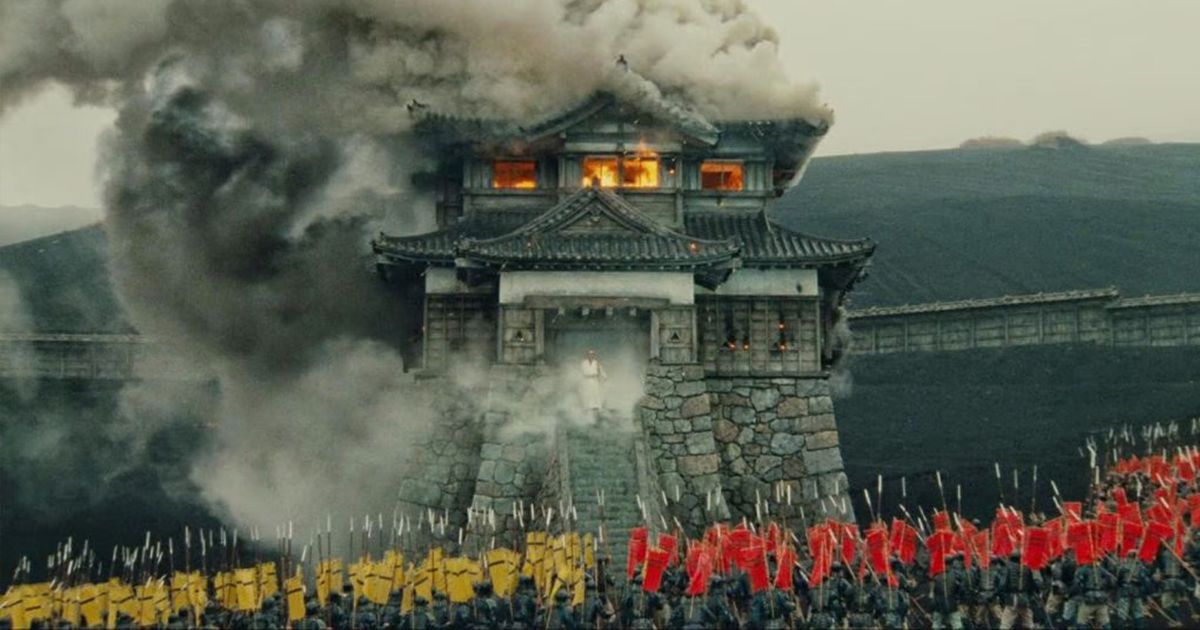

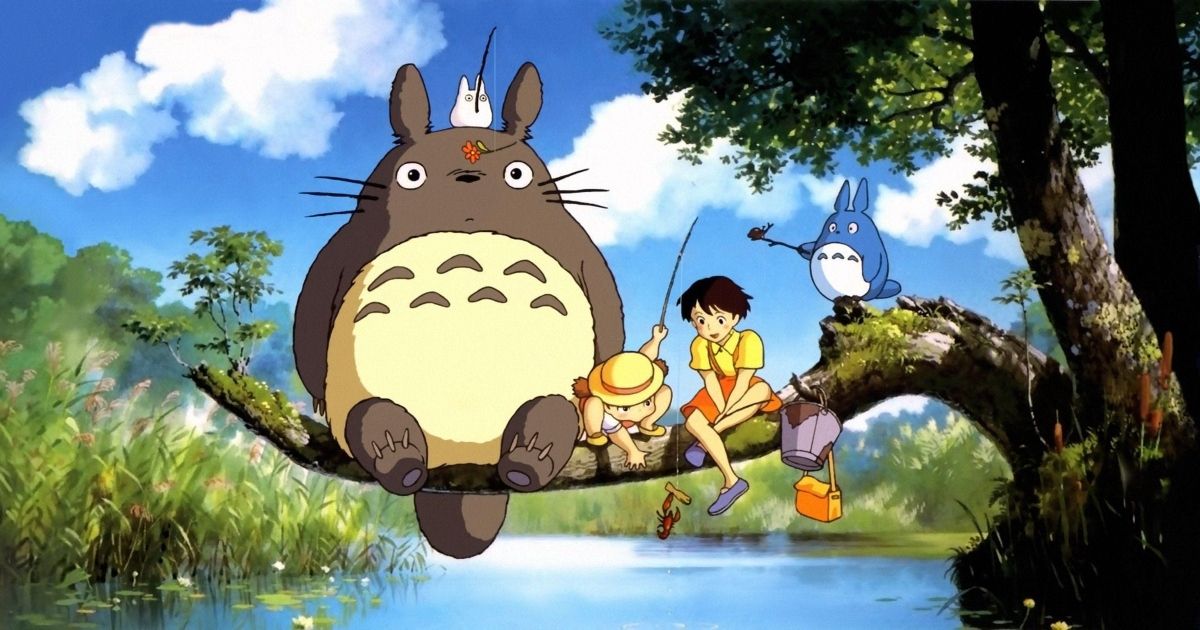
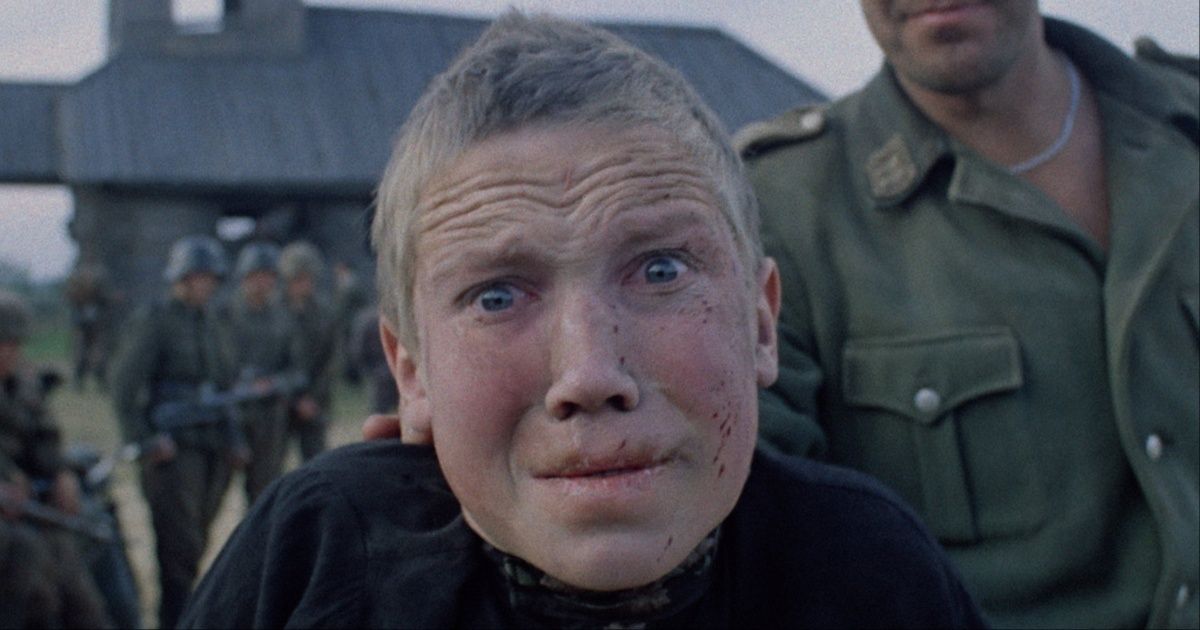
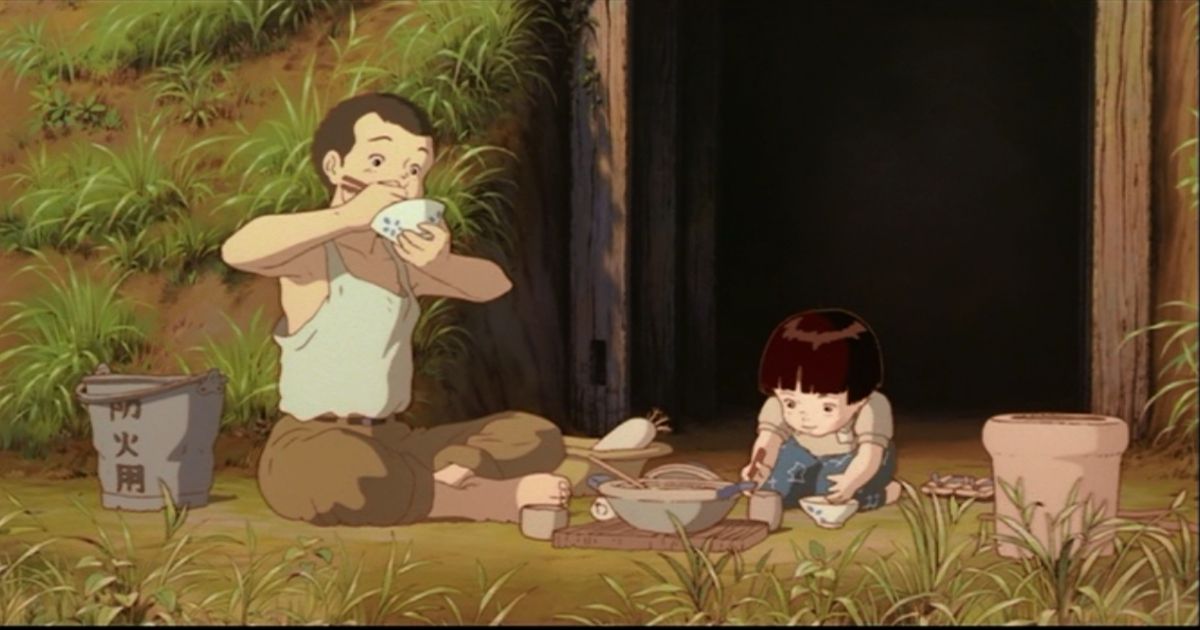
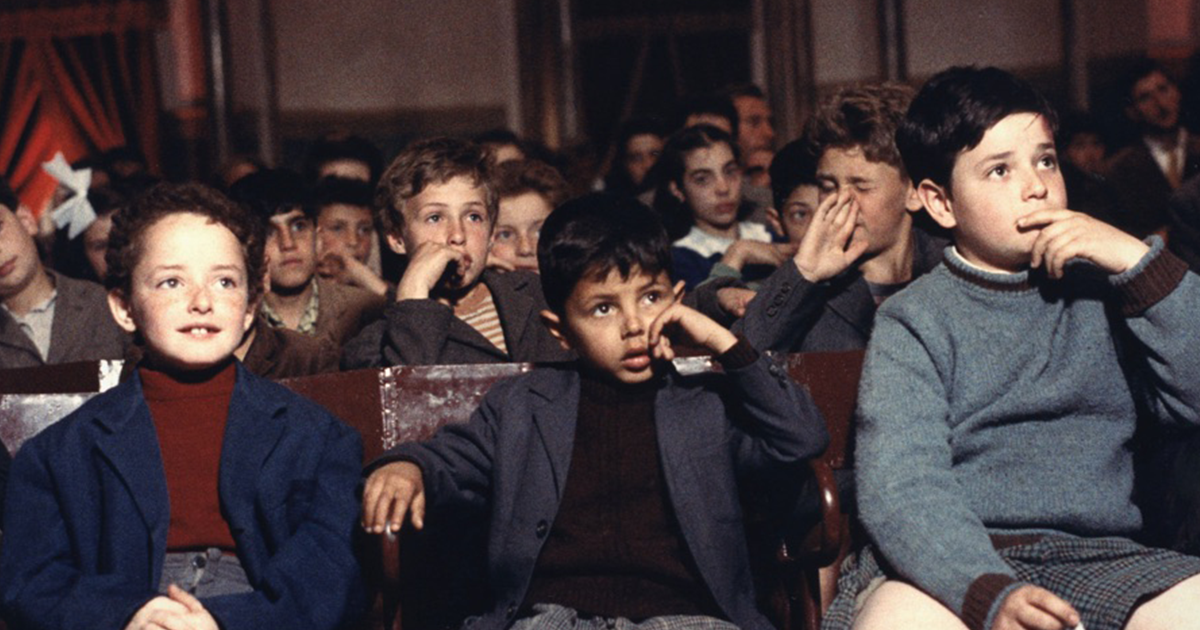
-2.jpg)
